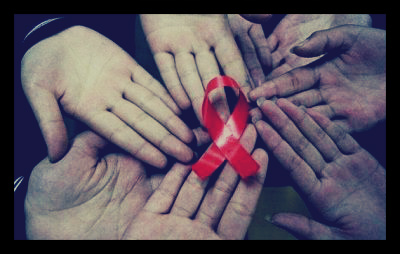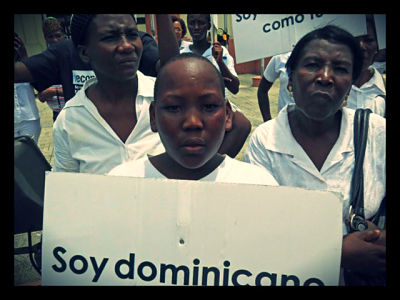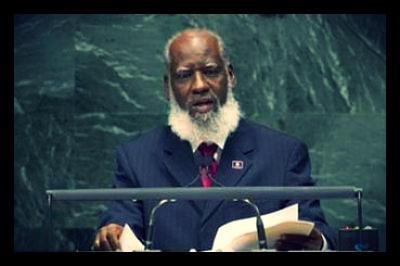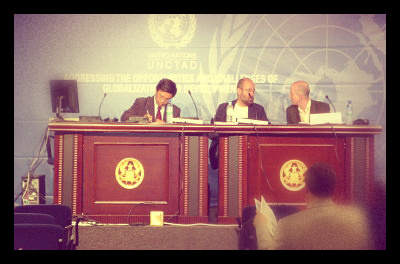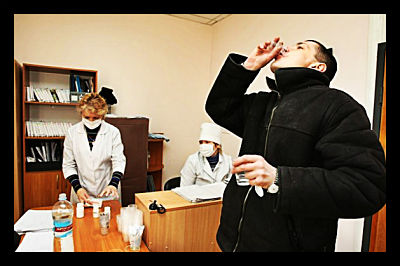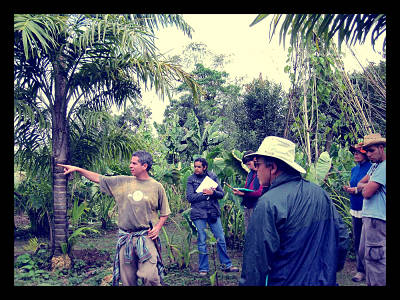
With over a million apps in the Google Play store and nearly that many in the App store, there’s an app for nearly everything–from locking your car doors, finding the perfect recipe for dinner, creating digital watercolor paintings, to monitoring your diet. Now there’s an app for measuring pulse oximetry, or the amount of oxygen in the blood. According to experts, over two-thirds of the six billion cell phone users in the world live in developing nations. The app, called Phone Oximeter, can aid health workers trying to diagnose pneumonia – particularly in children – and pre-eclampsia.
The Phone Oximeter was among ten innovations chosen by the UN and PATH to aid against deaths amongst women and children worldwide, especially deaths related to childbirth. Developed by Dr. Mark Ansermino and colleagues at the University of British Columbia, the device can be attached to a cellphone or tablet in order to measure pulse oximetry. The device can be attached either to the fingertip or earlobe. Reading the results of the Phone Oximeter is simple, according to Ansermino: “When you have got oxygen in your blood, it goes red and when you have not got oxygen in your blood, it goes blue. And that is why we get this tinge around our lips when it is cold because we do not have enough oxygen in the blood around your lips. But also when children get sick … we see the same blue color. So, what we do really is look at this light shining through the tissue and determine the bounds of this red to blue light, and from that we can tell how much of your blood has oxygen in it and how much does not.”
Other potential uses being explored for the Phone Oximeter include monitoring anesthesia in developing countries. Use of pulse oximetry in developed nations leads to significant decreases in the death rate. It detects low blood oxygen levels at the earliest symptoms and allows for a rapid response to the problems that arise thereafter. This can prevent brain damage and death. In the developing world, the death rate from anesthesia is still 100 to 1000 times higher than the rest of the world. As it continues to develop, the hope for the Phone Oximeter is that it would “demonstrate the potential for enhanced delivery of information from a pulse oximeter to enhance the safety of anesthesia care throughout the developing world.”
Designed to be easy to read and to aid healthcare workers at all levels, regardless of specialty, the Phone Oximeter is relatively inexpensive, expected to cost between $10 to $40.
– The Borgen Project
Sources: The Jewish Voice, Medical Daily
Photo: Engadget
